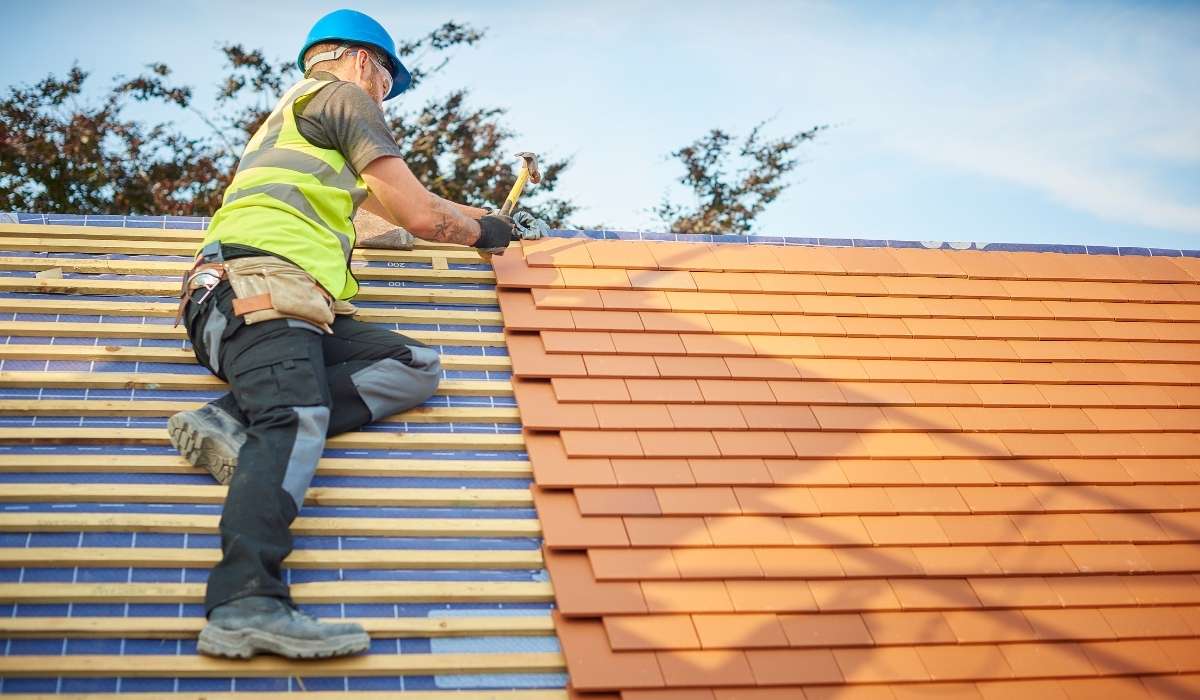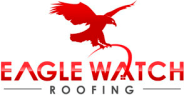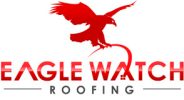Roofing Issues in Newnan Homes, Seasonal Damage, Maintenance Tips
Your home’s roof does more than keep the rain out — it’s your first line of defense against Georgia’s unpredictable weather.
Here in Newnan, where summers can be scorching, thunderstorms roll through without warning, and the occasional frost catches us off guard, your roof takes a real beating year after year.
And while most homeowners think about the roof only when something goes wrong, the truth is early detection and regular care can save you thousands in repairs and replacements.
This expanded guide will walk you through why Newnan weather is so hard on roofs, the most common issues you should watch for, and seasonal maintenance tips that keep your roof strong for decades.
We’ll also cover affordable repair options, the benefits of hiring a local roofer, and how to know when it’s time to take action — before a small problem becomes a major headache.
Why Newnan’s Weather Can Be Tough on Roofs
Living in Newnan means your roof faces a year-round cycle of weather-related stress that speeds up wear and tear. Here’s how each factor plays a role:
- Intense Summer Heat and UV Rays
Prolonged exposure to Georgia’s summer sun can cause asphalt shingles to dry out, curl at the edges, and lose their protective granules. Over time, this makes your roof less resistant to water and more prone to cracking. - Heavy Thunderstorms with Strong Winds
Sudden summer storms can lift shingles, bend flashing, and tear off ridge caps. Wind-driven rain can find its way under loose shingles, causing leaks that aren’t always visible until water damage appears indoors. - Hail Damage You Can’t Always See
Even small hailstones can bruise shingles or create tiny fractures in the protective layer. These micro-damages may not cause leaks right away but will shorten your roof’s life span significantly. - Winter Freeze-and-Thaw Cycles
While Newnan doesn’t see heavy snow, we do get freezing nights. Any trapped water in cracks or nail holes can expand when frozen, widening gaps and weakening shingle seals. - High Humidity and Mold Growth
Humid Georgia air encourages moss, algae, and mold growth, especially on shaded roofs. These organisms trap moisture against your shingles, leading to rot and material breakdown.
Signs Your Roof Needs Immediate Repair
Ignoring early warning signs often leads to costly damage. Watch for:
- Missing or Dislodged Shingles
A single missing shingle leaves the underlayment exposed to the elements. After storms, check your yard for fallen shingles or debris from your roof. - Curled, Buckled, or Cracked Shingles
Shingles should lay flat. Curling or cracking usually means heat damage, aging materials, or improper installation. - Interior Water Stains or Damp Spots
Brown or yellow ceiling stains are telltale signs of leaks. Water may travel along beams before becoming visible, so the source might be far from the stain. - Granules in Gutters or at Downspout Ends
Those sandy particles in your gutters are your roof’s UV-protection layer washing away — a clear sign your shingles are wearing thin. - Sagging Rooflines or Soft Spots
Any dip in your roof could indicate rotting wood or weakened supports. This needs immediate professional attention. - Higher Heating and Cooling Bills
If your HVAC is working harder, it could mean your roof is allowing heat transfer due to damaged insulation or poor ventilation.
Affordable Roofing Repair Options for Families
Not every roofing problem requires a full replacement. These budget-friendly roof repair solutions can help:
- Individual Shingle Replacement
Ideal for storm-related damage in small sections. Replacing just the affected shingles can restore protection without major expense. - Flashing Repairs and Sealing
Damaged flashing around chimneys, skylights, and vents is a leading cause of leaks. Repairing or resealing it is quick, inexpensive, and highly effective. - Roof Patching for Small Leaks
A targeted patch can prevent water intrusion while you plan for longer-term repairs. - Protective Roof Coatings
A liquid-applied coating can seal micro-cracks, improve energy efficiency, and extend roof life by reflecting UV rays. - Preventive Maintenance Packages
Many Newnan roofers offer seasonal maintenance plans that include inspections, gutter cleaning, and small repairs to prevent major issues.
Seasonal Roof Damage in Newnan — What to Expect & How to Prepare
Each season brings specific risks for your roof. Here’s how to prepare:
- Spring — Heavy Rain & Wind Gusts
Inspect your roof for damage caused by winter freezes. Check for lifted shingles and clear all gutters to avoid water overflow. - Summer — Heat, Sun, and Storms
Monitor for curling shingles, dry caulking, and hail damage after storms. Consider a mid-summer inspection if your roof is older. - Fall — Debris Build-Up & Clogged Gutters
Remove fallen leaves and twigs to prevent water pooling. Trim branches that hang over your roof to reduce future debris. - Winter — Freeze Damage & Moisture Intrusion
Seal small cracks before temperatures drop. Ensure attic insulation is adequate to prevent ice-related problems.
Maintenance Tips to Keep Your Roof Strong Year-Round
Routine care can add years to your roof’s life:
- Schedule Professional Inspections Twice a Year
Spring and fall inspections catch problems early and prepare your roof for extreme seasons. - Keep Gutters and Downspouts Clear
Clean at least twice a year to prevent water from backing up under shingles and causing leaks. - Trim Overhanging Trees Regularly
Branches can scrape shingles, drop debris, or break during storms. - Check Attic Ventilation
Proper airflow prevents heat buildup in summer and moisture accumulation in winter, both of which damage roofs from underneath. - Look for Early Signs of Damage
Conduct quick visual checks after big storms to spot problems before they worsen.
Why Working With a Local Newnan Roofer Matters
Hiring a local roofing expert means you’re working with someone who understands our climate, building codes, and common problems:
- Weather-Specific Expertise — They know which materials last longest in Newnan’s heat, storms, and humidity.
- Familiarity with Local Building Codes — Ensures your roof is compliant, avoiding costly permit delays.
- Faster Response After Storms — Local crews can be on-site quickly for emergency repairs.
- Long-Term Relationships — You’re more likely to work with the same crew for future maintenance.
Eagle Watch Roofing — Your Trusted Local Roofing Partner
At Eagle Watch Roofing, we’ve been keeping Newnan homes safe for over 40 years. We are licensed, bonded, and insured, and known for fast, affordable, and reliable service.
We specialize in:
- Emergency roof leak repairs
- Full roof replacements
- Preventive seasonal maintenance
- Storm damage inspections and insurance assistance
📞 Call us today for your free roof inspection and protect your home before the next storm hits.
FAQs — Your Newnan Roofing Questions Answered
How often should I have my roof inspected?
It’s best to have your roof inspected twice a year — once in the spring to check for winter freeze or storm damage, and again in the fall to prepare for colder weather. This routine helps catch small issues like loose shingles, cracked flashing, or clogged gutters before they turn into costly repairs. You should also schedule an inspection after any major storm, hail event, or high-wind weather to ensure there’s no hidden damage that could lead to leaks later on.
Can I repair my roof myself?
While some homeowners try DIY roof repairs, it can be risky both for your safety and your roof’s long-term health. Climbing on a roof without proper training or equipment increases the chance of falls, and mistakes during repairs can make the problem worse or even void your manufacturer’s warranty. A licensed roofer not only fixes the damage correctly but also ensures that all work meets local building codes, keeping your home protected.
Will my insurance cover roof damage?
Most homeowners’ insurance policies cover roof damage caused by sudden events like storms, hail, or falling debris. However, they typically won’t cover damage that results from neglect, age, or lack of maintenance. That’s why it’s important to keep records of inspections, repairs, and maintenance. These documents can help support your claim if you ever need to file one, making the process smoother and increasing your chances of approval.
What’s the average roof lifespan in Newnan?
In Newnan’s climate, an asphalt shingle roof usually lasts about 15–20 years, though some high-quality architectural shingles can last longer with proper care. Metal roofs can last 40–70 years, and tile or slate roofs can exceed 50 years. Factors like local weather, ventilation, and regular maintenance all play a role in how long your roof will actually last, so investing in upkeep can add years to its life.
Do you offer financing options?
Yes! At Eagle Watch Roofing, we understand that roofing repairs and replacements are often unexpected expenses. That’s why we offer flexible financing options to make the process more affordable for families. Our team can walk you through different payment plans so you can choose one that fits your budget — without delaying the repairs your home needs to stay safe and protected.
How do I know if I need a roof repair or a full replacement?
If the damage is isolated — such as a few missing shingles or a small leak — a repair may be enough. However, if your roof has widespread shingle loss, sagging areas, multiple leaks, or is nearing the end of its expected lifespan, a full replacement might be the smarter investment. A professional inspection can give you a clear picture of your roof’s condition and the best next step.
What’s the best roofing material for Georgia weather?
For Newnan’s mix of heat, humidity, and storms, many homeowners choose architectural asphalt shingles for their affordability and durability. Metal roofing is also popular because it lasts decades and reflects heat, reducing cooling costs. Tile and slate roofs offer unmatched longevity, but they are heavier and require stronger structural support. The right material depends on your budget, style preferences, and how long you plan to stay in your home.

